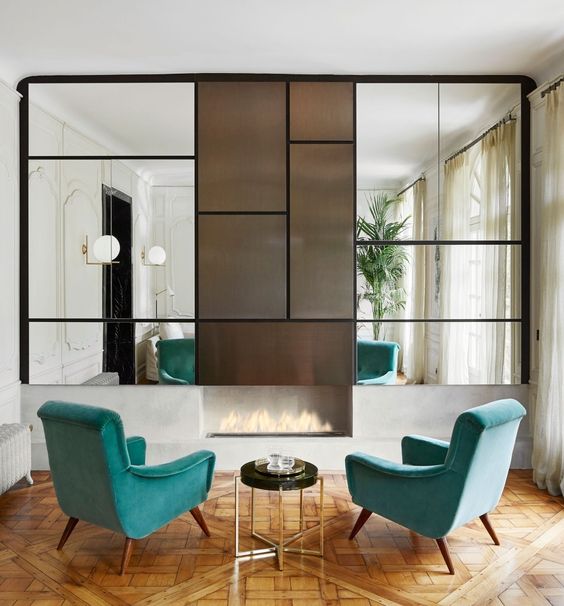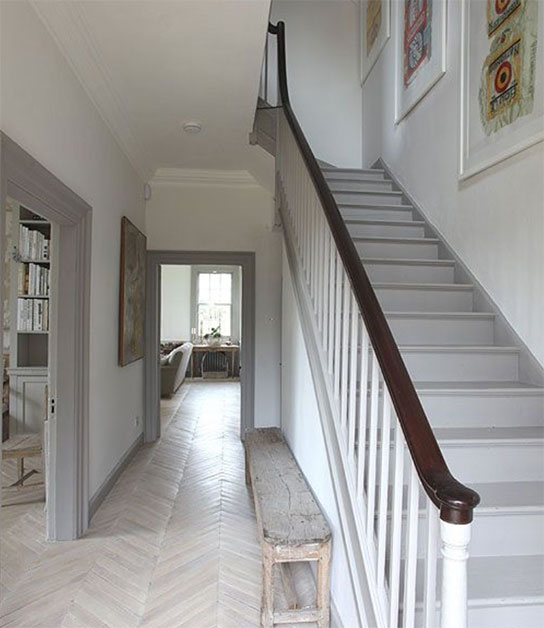
People are affected by their surroundings. By considering some basic design elements, the interior of your home will promote health, wealth and prosperity
Six simple tips to help improve your interior space.
1. De clutter
Storage is very important and is something which is very often overlooked. Make sure there is a place for everything and don’t keep things you no longer need

2.Mirrors
The reflective surfaces of a mirror can bring
- Extra light – mirrors can reflect natural light
- Bring the outside in – by reflecting views from the outside, this maybe from your garden or from green open spaces which surround your home.
- In most cases our homes need extra space – mirrors can make a room seem much larger then it actual is.
- The location of the mirror and what is reflects is very important.

3.Colour
Not only do certain colours which work better within different rooms, its about the shade and how much to use and where to apply it.

4. Plants
Bringing the outside in – When it comes to good design whether at home or in the office – you can never underestimate the importance of having plants as part of your daily living space.
Plants reduce toxins in the air and improve air quality. Particular plants can have aromatherapy benefits, ranging from lower blood pressure to energizing the mind and encouraging a deeper more healthier sleep
Accessories – Plants come in all shapes and sizes, they are a very versatile accessory and brighten up all interior spaces.
Harmony – Plants can keep the positive energy flowing by bring life into dead spaces.

5. Layout
In many cases the layout is determined by the room shape and size, what we can control is scale and quantity of its contents
The layout has a big impact on how aesthetically pleasing, comfortable and functional a room will be
Allow enough space around pieces of large furniture, for people passing – generally 800 – 1100mm.
Start by choosing the main focal point in a room and work all other pieces of furniture around this. Where possible try to keep the furniture away from the walls letting the positive energy flow.

6. Lighting
A well planned lighting scheme can transform the way your interior looks, feels and functions
Introduce lots of different light sources. Lamps, down lights and pendants
To create shadows and depth use lamps, table or freestanding. The inner shades come in many different colours, try and stick to lighter colours to create cosy ambiance at night times
Introduce task lighting for small areas where more intense lighting is required ie Reading.
An oversized pendant light is a great addition to any room, not only do they provide general lighting, but when not lite can be a fabulous feature in any room
The three main areas in your home where simple alterations can be made, to help provide a well balanced interior.

The Entrance
- Think of your hall as the glue that holds your home together – keep this tidy at all times. Make enough storage for your coats and shoes
- Choose a soft colour pallet for this area. It is important that the design flows with the home. This will allow you to introduce more boulder schemes in other rooms. Think of the hall as the glue that holds your home together.
- Blank corridors and walls can be dressed with photographs of the people who live in the home, to bring personality and belonging
- Doors are the main feature within this area, define the frames with either lighter or darker colours.
- If there are any doors which face blank walls, place a mirror on the wall to reflect the room opposite

Lounge area
- If possible position furniture away from walls to let the room breath
- Corners left empty will need to be filled with plants, freestanding lamps or other accessories appropriate to your chosen design style
- Place mirrors on the wall opposite your window to reflect the outside and bring more natural light into your room
- A patterned or textured wallpaper behind your seating area will provide comfort and well being

Bedrooms for a good night sleep
- A bed should not be positioned opposite a doorway, sometimes this cannot be avoided, in this case place a rug underneath your bed.
- Bring plants into the bedroom area to help with air flow whilst sleeping.
- Paint the wall behind your bed in a slightly darker shade or use a wallpaper, this will provide a secure area to sleep.
- Try to avoid metal bed heads, a full upholstered bed head will contribute to comfort and help to avoid a broken night’s sleep.
- Do not store clothes that are not being worn, organise your wardrobes and drawers so you can appreciate the content.



